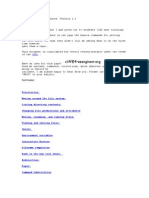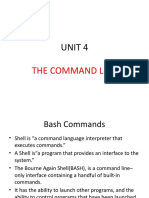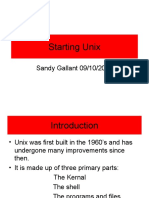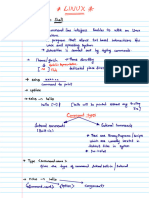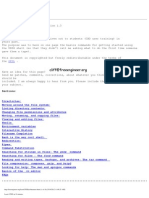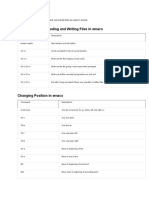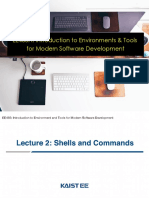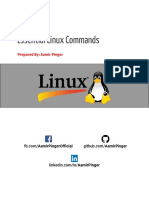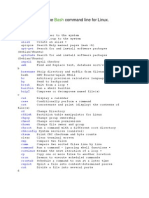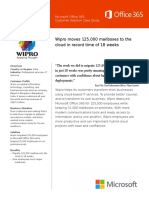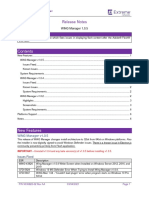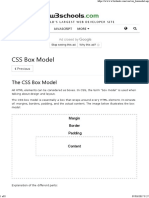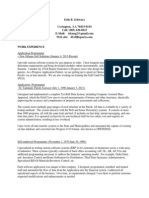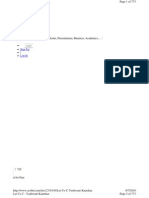0% found this document useful (0 votes)
11 views6 pagesFrequently Used Commands
The document provides a comprehensive overview of frequently used command lines in Linux, including file management, environment variables, and shell customization. It explains key concepts such as file permissions, redirection, and piping, along with examples of commands and their usage. Additionally, it covers the Linux kernel's role as a bridge between applications and hardware.
Uploaded by
hamid.youssef2000Copyright
© © All Rights Reserved
We take content rights seriously. If you suspect this is your content, claim it here.
Available Formats
Download as PDF, TXT or read online on Scribd
0% found this document useful (0 votes)
11 views6 pagesFrequently Used Commands
The document provides a comprehensive overview of frequently used command lines in Linux, including file management, environment variables, and shell customization. It explains key concepts such as file permissions, redirection, and piping, along with examples of commands and their usage. Additionally, it covers the Linux kernel's role as a bridge between applications and hardware.
Uploaded by
hamid.youssef2000Copyright
© © All Rights Reserved
We take content rights seriously. If you suspect this is your content, claim it here.
Available Formats
Download as PDF, TXT or read online on Scribd
/ 6
